Mohamed I. AlHajri
Quantized Neural Networks for Microcontrollers: A Comprehensive Review of Methods, Platforms, and Applications
Aug 20, 2025Abstract:The deployment of Quantized Neural Networks (QNNs) on resource-constrained devices, such as microcontrollers, has introduced significant challenges in balancing model performance, computational complexity and memory constraints. Tiny Machine Learning (TinyML) addresses these issues by integrating advancements across machine learning algorithms, hardware acceleration, and software optimization to efficiently run deep neural networks on embedded systems. This survey presents a hardware-centric introduction to quantization, systematically reviewing essential quantization techniques employed to accelerate deep learning models for embedded applications. In particular, further emphasis is put on critical trade-offs among model performance and hardware capabilities. The survey further evaluates existing software frameworks and hardware platforms designed specifically for supporting QNN execution on microcontrollers. Moreover, we provide an analysis of the current challenges and an outline of promising future directions in the rapidly evolving domain of QNN deployment.
Indoor Localization Under Limited Measurements: A Cross-Environment Joint Semi-Supervised and Transfer Learning Approach
Aug 04, 2021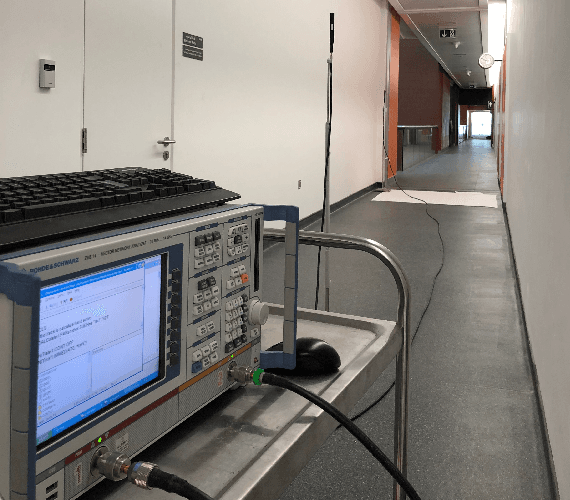
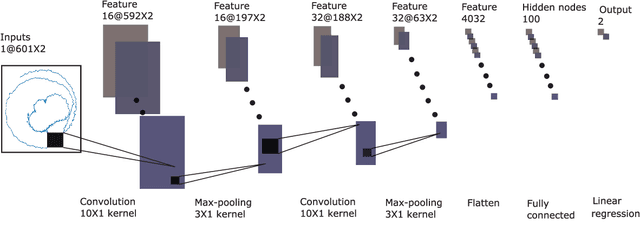
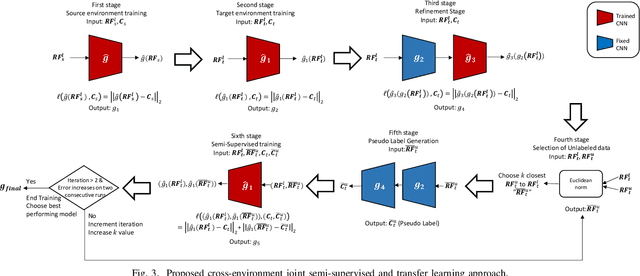
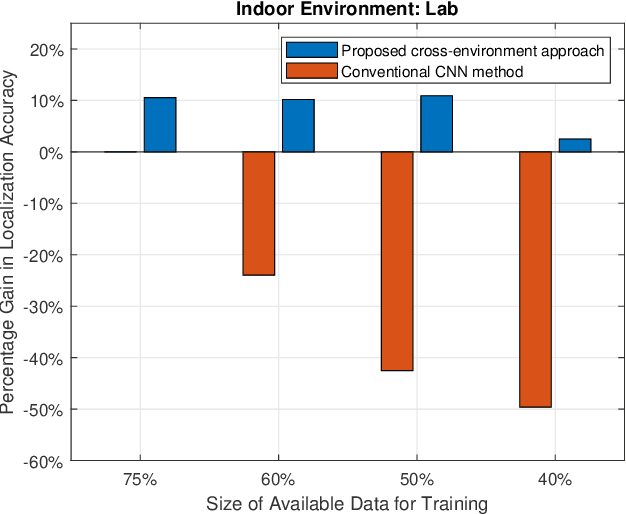
Abstract:The development of highly accurate deep learning methods for indoor localization is often hindered by the unavailability of sufficient data measurements in the desired environment to perform model training. To overcome the challenge of collecting costly measurements, this paper proposes a cross-environment approach that compensates for insufficient labelled measurements via a joint semi-supervised and transfer learning technique to transfer, in an appropriate manner, the model obtained from a rich-data environment to the desired environment for which data is limited. This is achieved via a sequence of operations that exploit the similarity across environments to enhance unlabelled data model training of the desired environment. Numerical experiments demonstrate that the proposed cross-environment approach outperforms the conventional method, convolutional neural network (CNN), with a significant increase in localization accuracy, up to 43%. Moreover, with only 40% data measurements, the proposed cross-environment approach compensates for data inadequacy and replicates the localization accuracy of the conventional method, CNN, which uses 75% data measurements.
Indoor Localization for IoT Using Adaptive Feature Selection: A Cascaded Machine Learning Approach
May 03, 2019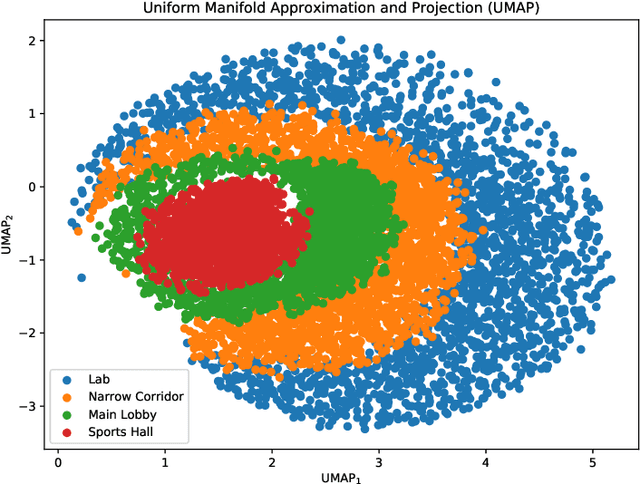
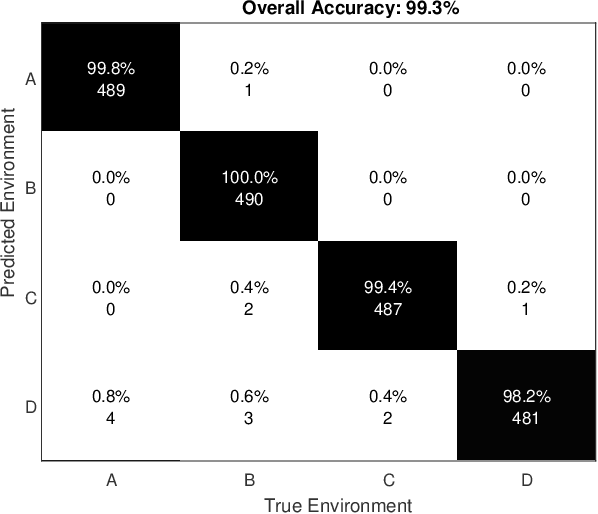
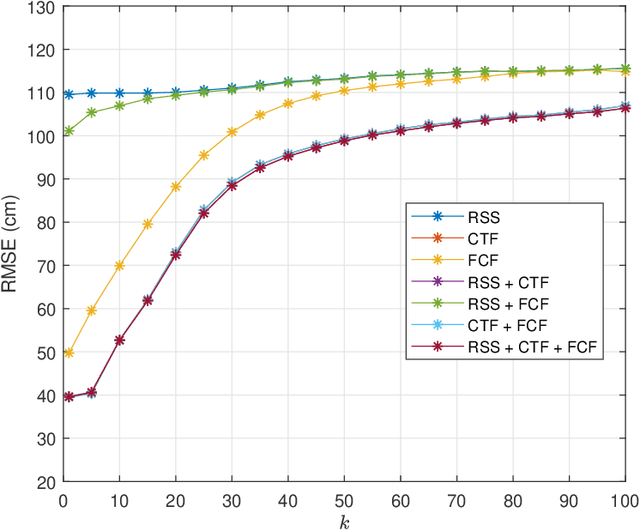
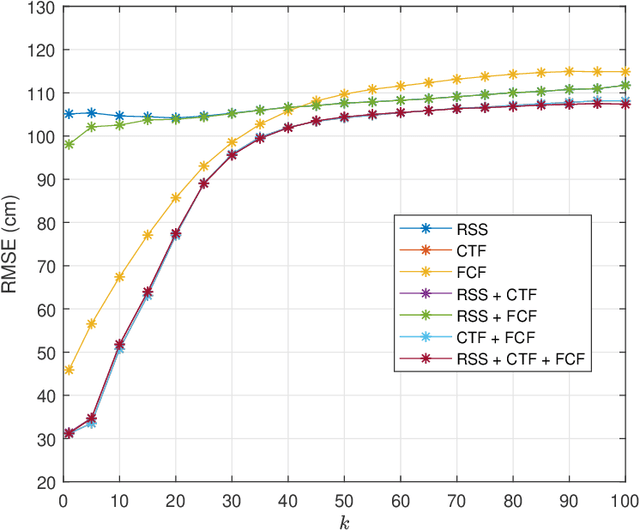
Abstract:Evolving Internet-of-Things (IoT) applications often require the use of sensor-based indoor tracking and positioning, for which the performance is significantly improved by identifying the type of the surrounding indoor environment. This identification is of high importance since it leads to higher localization accuracy. This paper presents a novel method based on a cascaded two-stage machine learning approach for highly-accurate and robust localization in indoor environments using adaptive selection and combination of RF features. In the proposed method, machine learning is first used to identify the type of the surrounding indoor environment. Then, in the second stage, machine learning is employed to identify the most appropriate selection and combination of RF features that yield the highest localization accuracy. Analysis is based on k-Nearest Neighbor (k-NN) machine learning algorithm applied on a real dataset generated from practical measurements of the RF signal in realistic indoor environments. Received Signal Strength, Channel Transfer Function, and Frequency Coherence Function are the primary RF features being explored and combined. Numerical investigations demonstrate that prediction based on the concatenation of primary RF features enhanced significantly as the localization accuracy improved by at least 50% to more than 70%.
 Add to Chrome
Add to Chrome Add to Firefox
Add to Firefox Add to Edge
Add to Edge